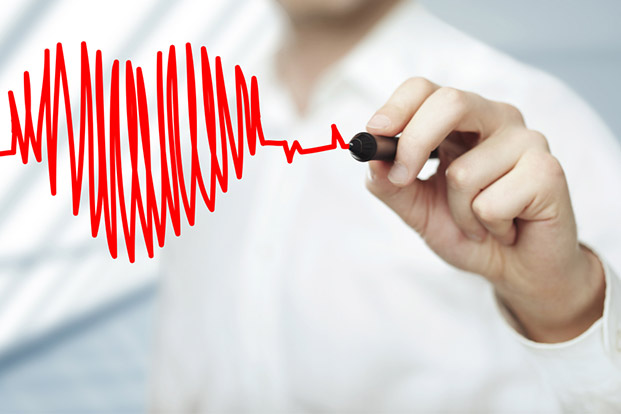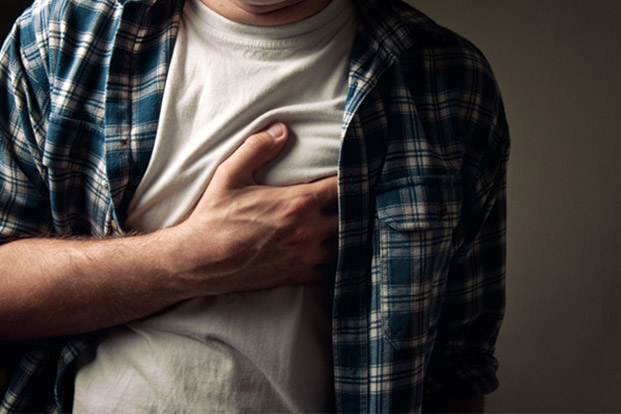Categories
- Bariatric Surgery (11)
- Black Fungus (5)
- Bone Marrow transplant (3)
- Brain Tumor Surgery Navigation Technology (20)
- Cardiac Surgery (66)
- Cardiology (97)
- Computer navigation technology for joint replacements (20)
- Covid Vaccination (17)
- Critical Care (2)
- Dental (19)
- Dermatology (31)
- Dialysis Support Group - “UTSAAH” (11)
- Dietitian (33)
- Emergency Medicine (4)
- Emotional Health (11)
- Endocrinology (33)
- ENT (20)
- Gastroenterology and GI Surgery (53)
- General and Laparoscopic Surgery (21)
- General Surgery (4)
- Gynecology & Obstetrics (183)
- Hematology (20)
- Internal Medicine (294)
- Kidney Transplant (50)
- Kidney Transplantation (20)
- Lung Cancer (8)
- Minimal Invasive Surgery (1)
- Mother & Child (20)
- mucormycosis (5)
- Nephrology (61)
- Neurology (147)
- Neurosurgery (68)
- Nutrition and Dietetics (107)
- Omicron Variant (1)
- Oncology (288)
- Ophthalmology (10)
- Orthopaedics & Joint Replacement (86)
- Paediatrics (59)
- Pediatric Nephrology (3)
- Physiotherapy (5)
- Plastic & Reconstructive Surgery (6)
- Psychiatry and Psychology (90)
- Psychologist (28)
- Pulmonology (72)
- Rheumatology (13)
- Spine Services (21)
- Transradial Angioplasty (16)
- Urology (84)
Query Form
Posted on Apr 19, 2022
Know what your Heart Specialist suggests. A self help guide to tests
Dr Kuldeep Arora, Senior Consultant Cardiology says, approximately 4 -5% of patients who arrive with chest discomfort and heart attack are inappropriately discharged to home. This error in diagnosing heart attack is dangerous.
Question: Do normal ECG and ECHO rule out heart attack?
Answer: No. The initial ECG in acute heart attack is normal in ~ 15% of patients.
Question: What is the role of 2 D Echocardiogram in common heart problems?
Answer: Echocardiogram is ultrasound of the heart to detect areas of the heart muscle or valves that may be weakened or damaged due to heart attack.
ECHO is commonly used to assess heart function assessment. Patients with heart attack commonly have reduced heart function (assessed by Low EF- Ejection Fraction by ECHO.)
However resting ECHO can be normal in patients who have chest pain on walking or on climbing stairs. In these patients STRESS ECHO is required to diagnose heart problems. Stress echo is examination of function of heart at rest and under stress conditions.

Question: What is the role of TMT (Exercise Stress test) in common heart problems?
Answer: Putting stress on the heart, such as with exercise or certain medications, makes the heart work harder. Under these conditions, diminished blood flow to the heart muscle may occur.
TMT (Treadmill Test) is the most inexpensive and commonly used method to evaluate coronary artery (the blood vessels of the heart) disease.
TMT is exercise stress ECG to evaluate exercise-induced ECG changes and is mainly used to diagnose patients who have symptoms of chest pain/ heaviness/chest discomfort / left arm pain/ breathlessness etc. predominantly on exertion like climbing stairs, or on walking.
TMT is not advised for patients with ongoing chest pain, or patients who have very high risk of heart attack. TMT is best for patients with intermediate risk with atypical symptoms. For patients with High risk and typical symptoms angiography is best.
Question: What is Angiography?
Answer: Angiography is visualization of the heart’s blood vessels to detect blockages.
Question: What is the difference between CT angiography and conventional angiography?
Answer: CT angiography is noninvasive angiography, and is used for relatively young patients with atypical chest pain.
CT angiography cannot precisely assess the degree of stenosis/blockages as compared to invasive radial angiography.
Value of CT angio is limited when an abnormal study is anticipated. CT angio is not used for patients with ongoing heart attack, or patients with high likelihood of having heart disease. In these types of patients conventional radial angiography is best. Patients with advanced age or who had stenting procedure in the past are also better evaluated by radial angiography.
One should not consider invasive radial and CT coronary angiography as equal and potentially interchangeable techniques.



